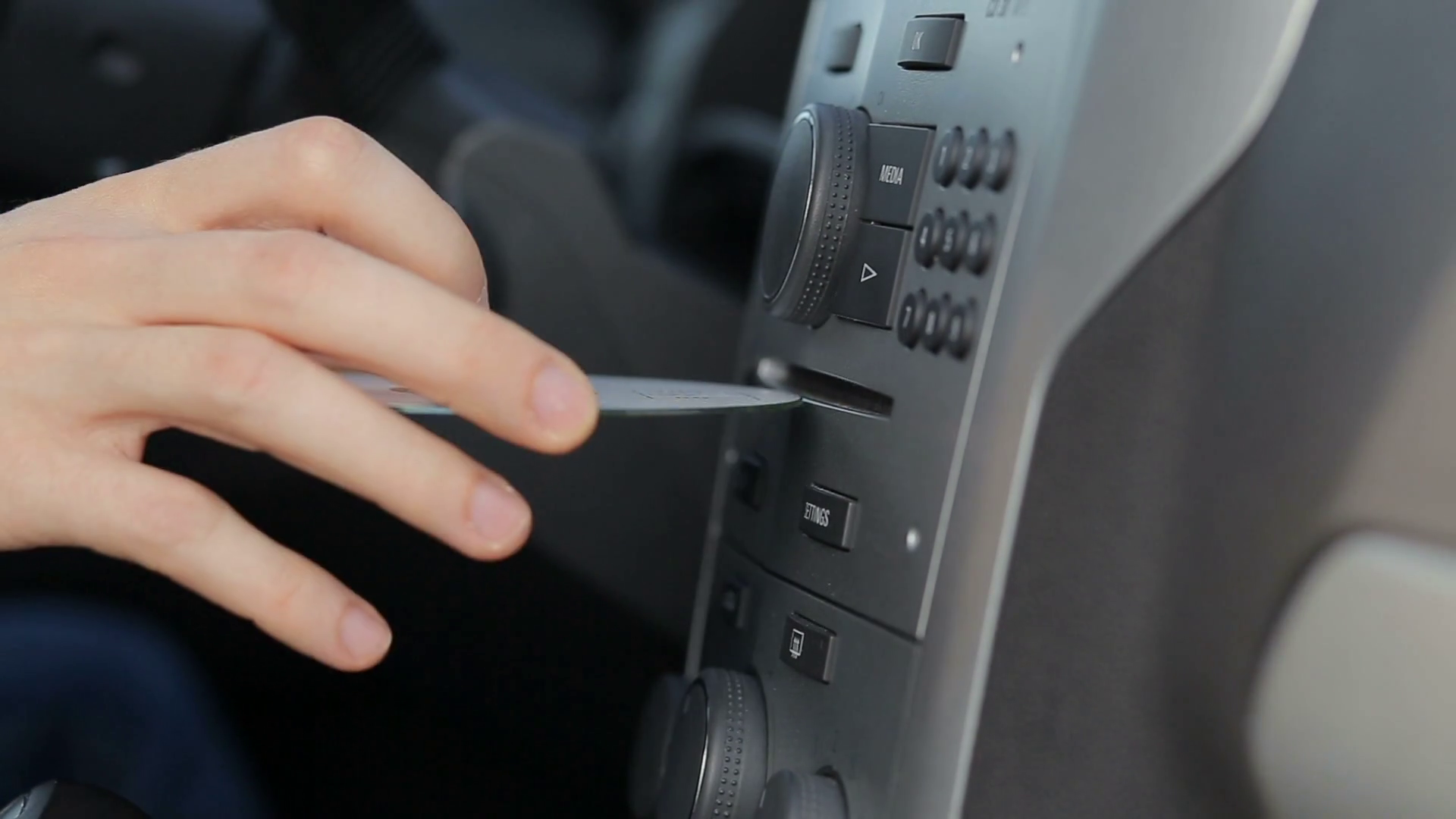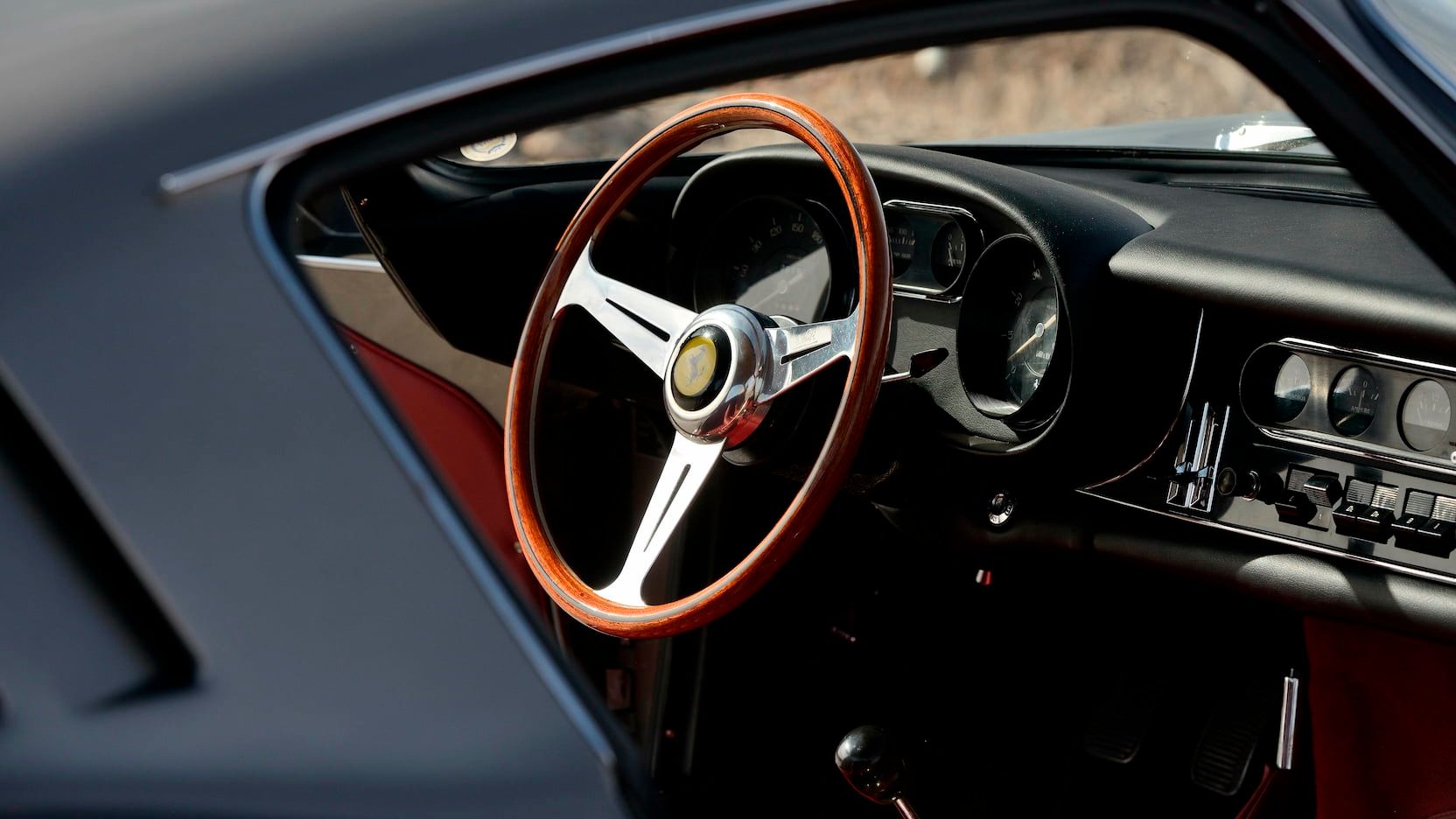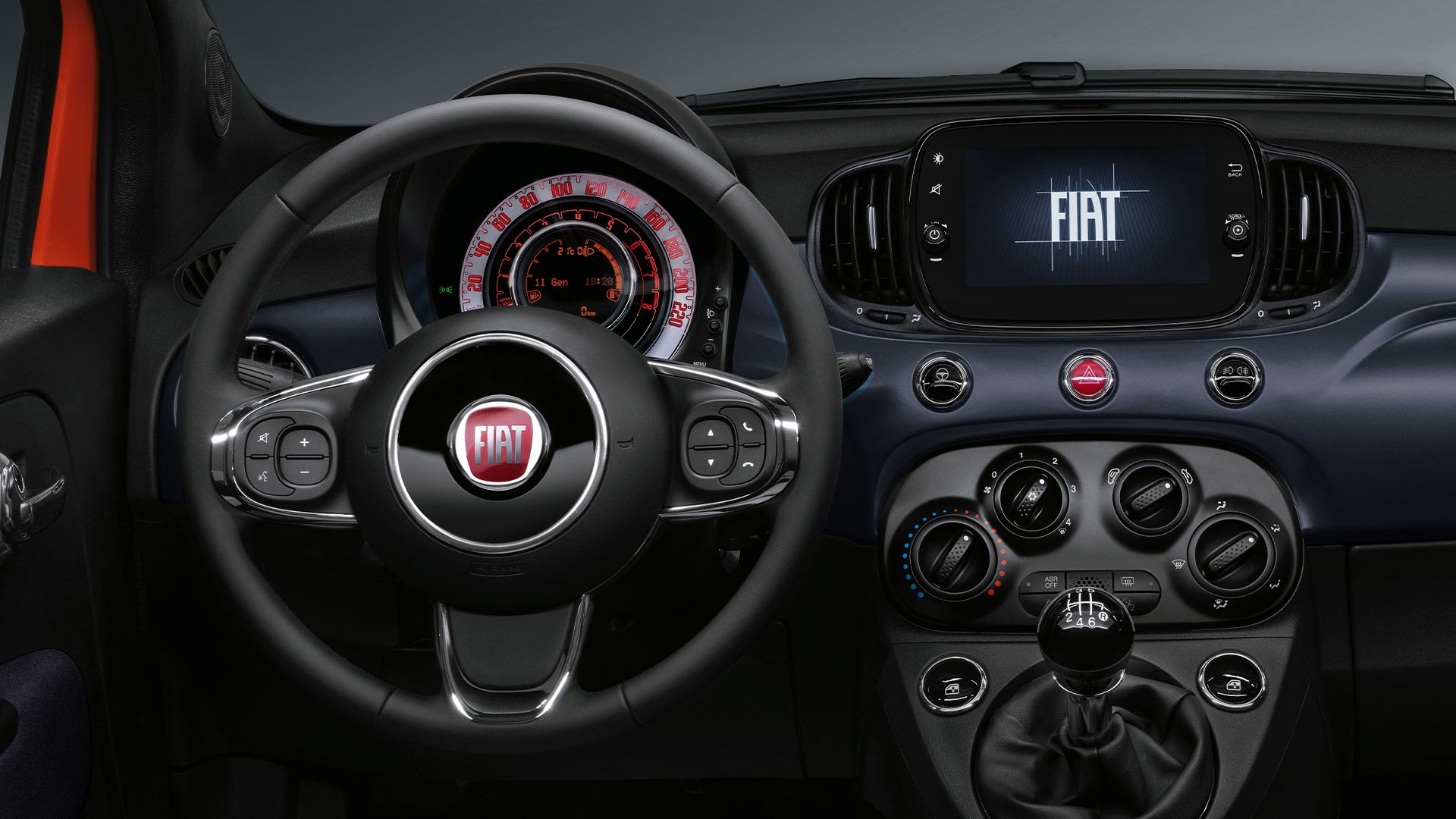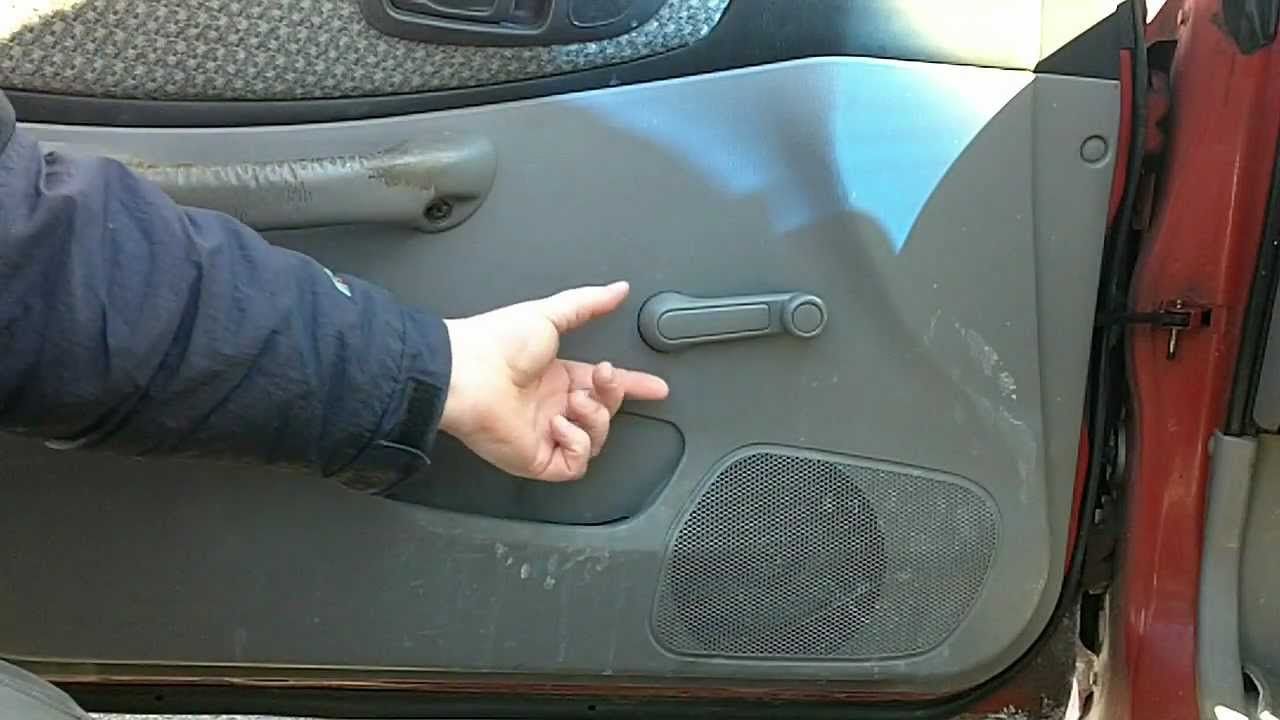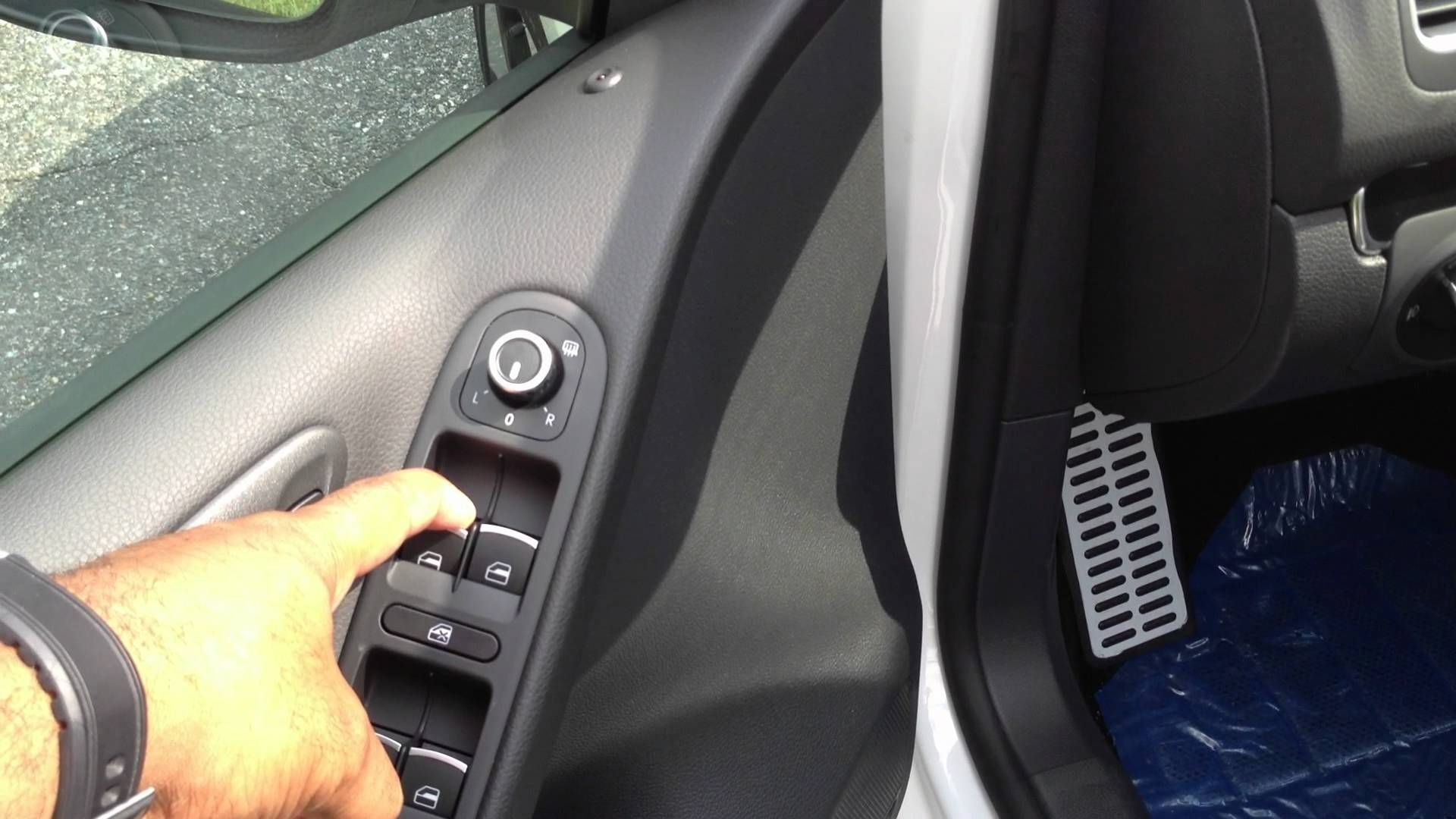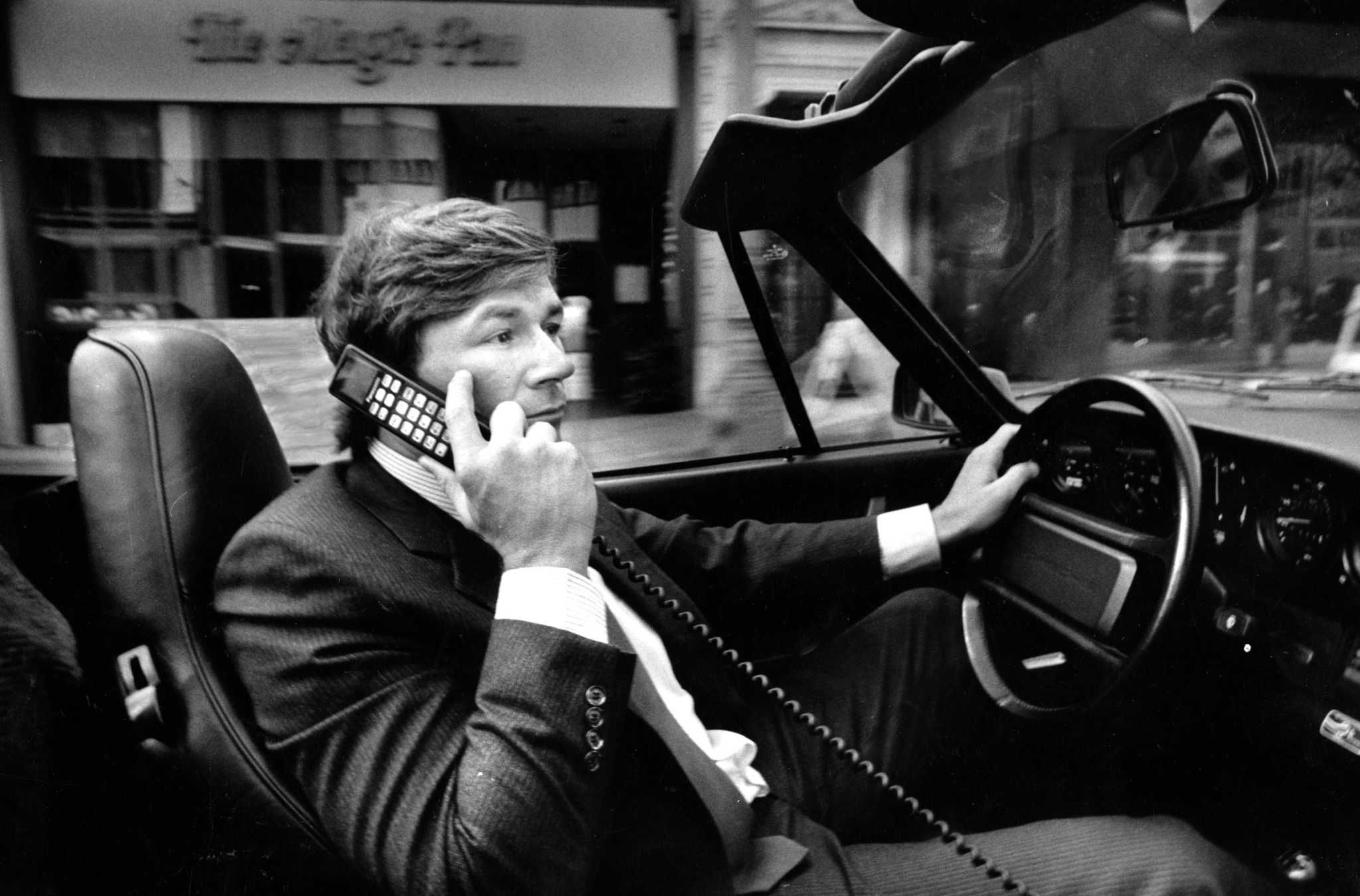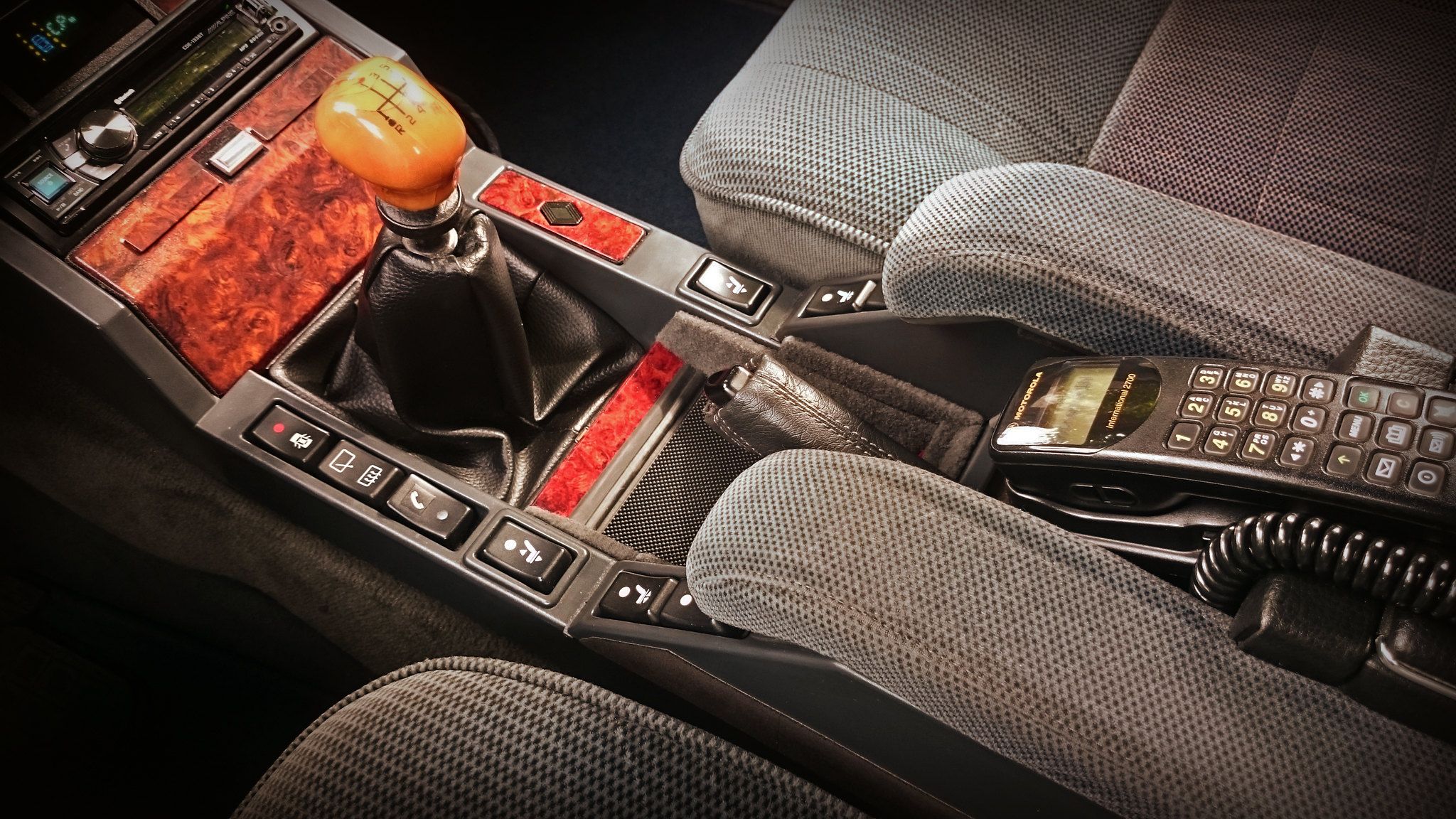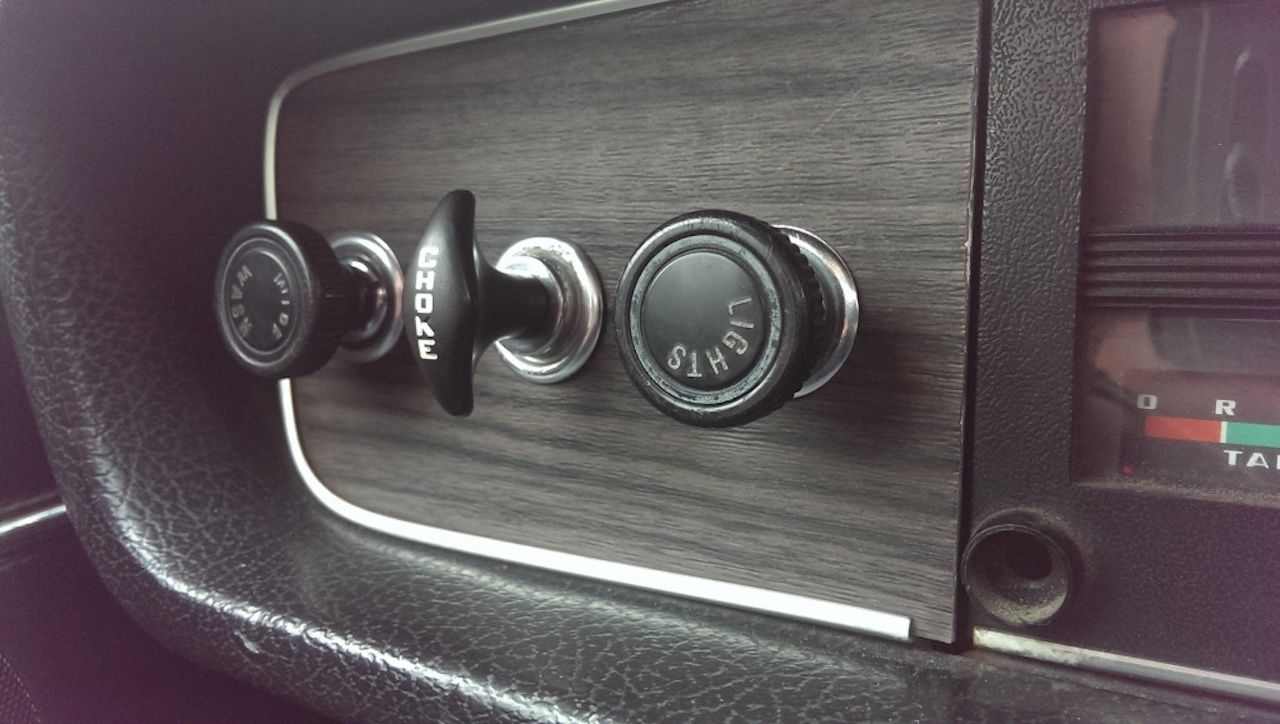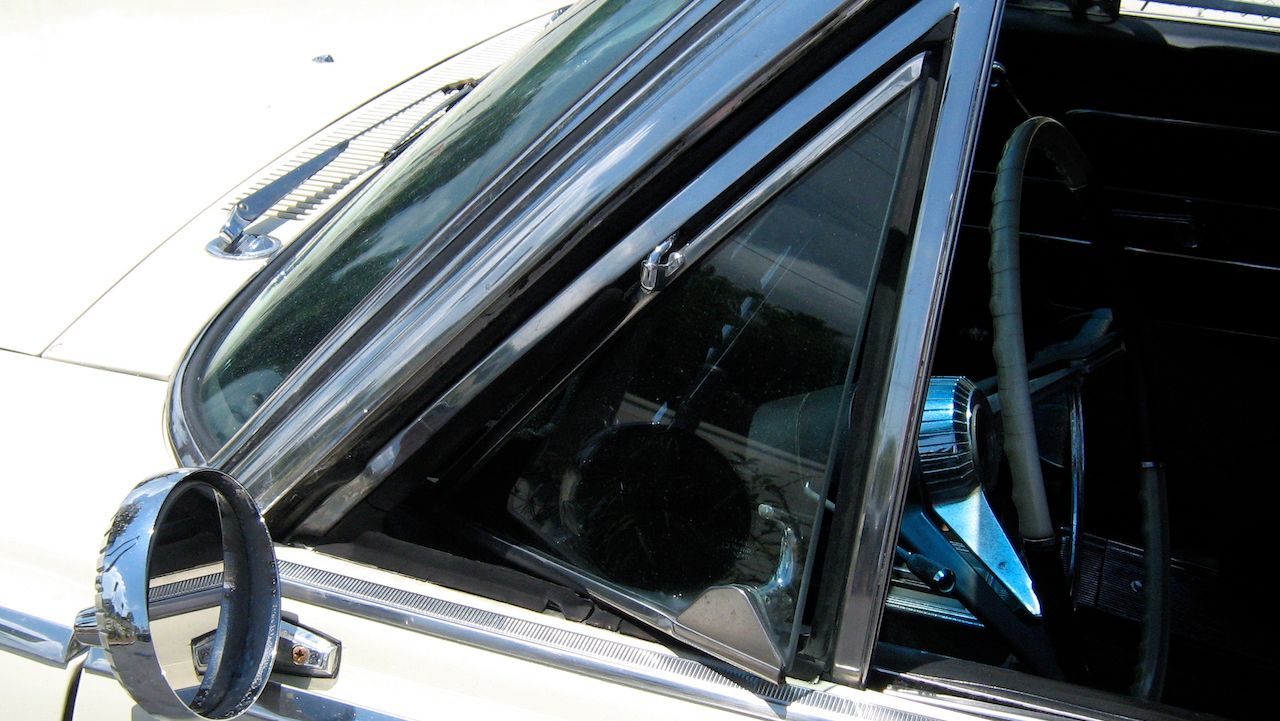Technological development is evident in almost every industry, but it's perhaps most clearly seen within the automotive sector. Manufacturers spend millions of dollars every year in the quest to provide customers with the best vehicles possible. As time has gone on, societal factors also influence the way we view and use the car, and subsequently what we expect.
In the early days of the automobile, car ownership was reserved for the wealthy, and as cars became more mainstream, people were happy simply going from A to B enjoying their newly found freedom. In later decades, along with technological improvement and digitalization in the world in general, people expected more from their cars, which were increasingly seen as status symbols.
As a result of the factors above, certain features found on the cars of old are now obsolete. Here are 10 notable examples.
10 Retractable Car Antenna
As cars began being fitted with radios, they needed to have a means of receiving the signals. In order to preserve the aesthetics, and prevent vandalism the antennas were retractable. This was initially done manually with drivers having to push it down or insert a key to unlock and extend the antenna. Power antennas became more commonplace later on.
As technology evolved, aerials were integrated in other ways, such as within the windshield or back window. These days, the most common method is via a roof-mounted, shark fin-shaped antenna.
9 Bench Seats
The bench seat was the default seating arrangement for many cars, particularly of American build. In the early 20th century, bench seats were seen as a luxury, they offered couch-like comfort within a car's interior. Benches were also cheaper to build and install. In European cars, individual seats were more common.
Following the end of the Second World War in 1945, many returning US soldiers created a demand for sporty cars as well as the individual bucket seats they had experienced in Europe. Cars such as the Ford Mustang were created to meet this demand.
8 Cigarette Lighters
Once seen as an essential accessory, the cigarette lighter provided drivers and passengers with a means of lighting up on the move. As smoking fell out of favor, the demand for the lighters began to fall.
Despite the name, cigarette lighters were more than just a way to light a cigarette. The sockets were also known as 12 volt DC outlets. Drivers were able to purchase specifically designed products capable of drawing power from them. Small vacuum cleaners, air pumps, AC converters, and FM transmitters could all make use of the power. As technology has evolved, the USB outlet has become much more useful and considered a staple feature. This has left the 12-volt socket largely redundant, hence the decline.
7 Pop-Up Headlights
In a bid to make cars more aerodynamically efficient, manufacturers widely adopted a wedge-like design for many sports cars. The Chevrolet Corvette, Ferrari 308, Lotus Esprit, and Lamborghini Countach among others sported such a design. Headlight design had not evolved sufficiently to keep pace with the aero development. As a way of circumventing the limitations, a pop-up design was utilized.
This setup enabled the drag-inducing headlights to be tucked away when not in use, therefore improving the car's drag coefficient. The deployment also added an element of theater and drama when turning on the headlights.Even non-exotic cars, such as certain Honda Accords, featured the hide-away lights, as did many other cars of the '80s.
6 Cassette Players
Once a highly coveted option, the cassette deck has been consigned to the history books. Lots of people will have fond memories of singing along to homemade mixtapes. Along with the 8-track player that preceded it, the cassette player offered drivers the opportunity to carry their own selection of music with them on the road. Previously, the radio was the only source of entertainment.
The cassette itself was invented by Philips in the 1960s, and cassette deck fitment quickly followed. As Compact Discs gained popularity in the following decades, cassette players began to fall out of favor and the MP3 eventually killed it off in its entirety.
5 Manual Steering
Manual steering was, as the name suggests, a human-powered movement of a car's steering components. The system was ok in smaller cars, but in a larger vehicle driving could be a real workout. Once you got the car moving, the steering became relatively easy to master. At low speeds, however, the steering was very heavy making parking and urban maneuvering a real challenge.
For certain drivers, the required force would be too demanding, and they struggled to control the car. Thankfully, power steering systems started to become available in the 1950s and 60s. Systems were initially hydraulically driven, but in recent years have shifted to electric power to improve efficiency.
4 Manual Window Winders
Opening a window used to be far more laborious than it is in the cars of today. To cool the car or clear condensation required that the driver, or a passenger, manually "wind down" the window. This was obviously distracting and required at least one hand to be taken off the wheel for a little while.
Electrically powered windows became available around the 1940s, but only in very few luxury cars. Over the years, more and more mainstream models gained the function, but manual versions did remain standard on many cars, especially in economy cars, until fairly recently.
3 Car Phone
Following the development of the mobile phone in the 1970s and the subsequent rise in popularity, demand was created for car integration. During the '80s and '90s manufacturers began to provide a built-in phone to the most luxurious of vehicles. The phones consisted of a transmitter unit and a corded handset. It provided business people with a means of completing deals on the move.
As technology improved, more focus was put on integrating users' own phones into the infotainment system. Bluetooth pairing became the preferred option and today, of course, Apple CarPlay and Android Auto are available.
2 Choke
Unfamiliar to most drivers of today, cars of old that used carburetors needed a manual choke to get them started. Drivers had to manually adjust the fuel-to-air mixture to allow ignition to occur. The environmental temperature had a large impact on the mixture required, so there was some skill to it.
Given the complexity, it is of little surprise the manual choke was sent to the scrap heap following the introduction of fuel injection, which automatically adjusts the mixture with great precision regardless of the air temperature.
1 Front Vent Windows
Small triangular windows known as vent windows were a feature of many cars of the past. Given that there was very little in the way of climate control, these vent windows enabled additional ventilation. Smoking was also much more relevant than it is today, these windows were ideal for the purpose of exhausting the smoke out of the car.
As air conditioning developed, these windows became obsolete to help save costs, improve security and improve the aesthetics of the car.

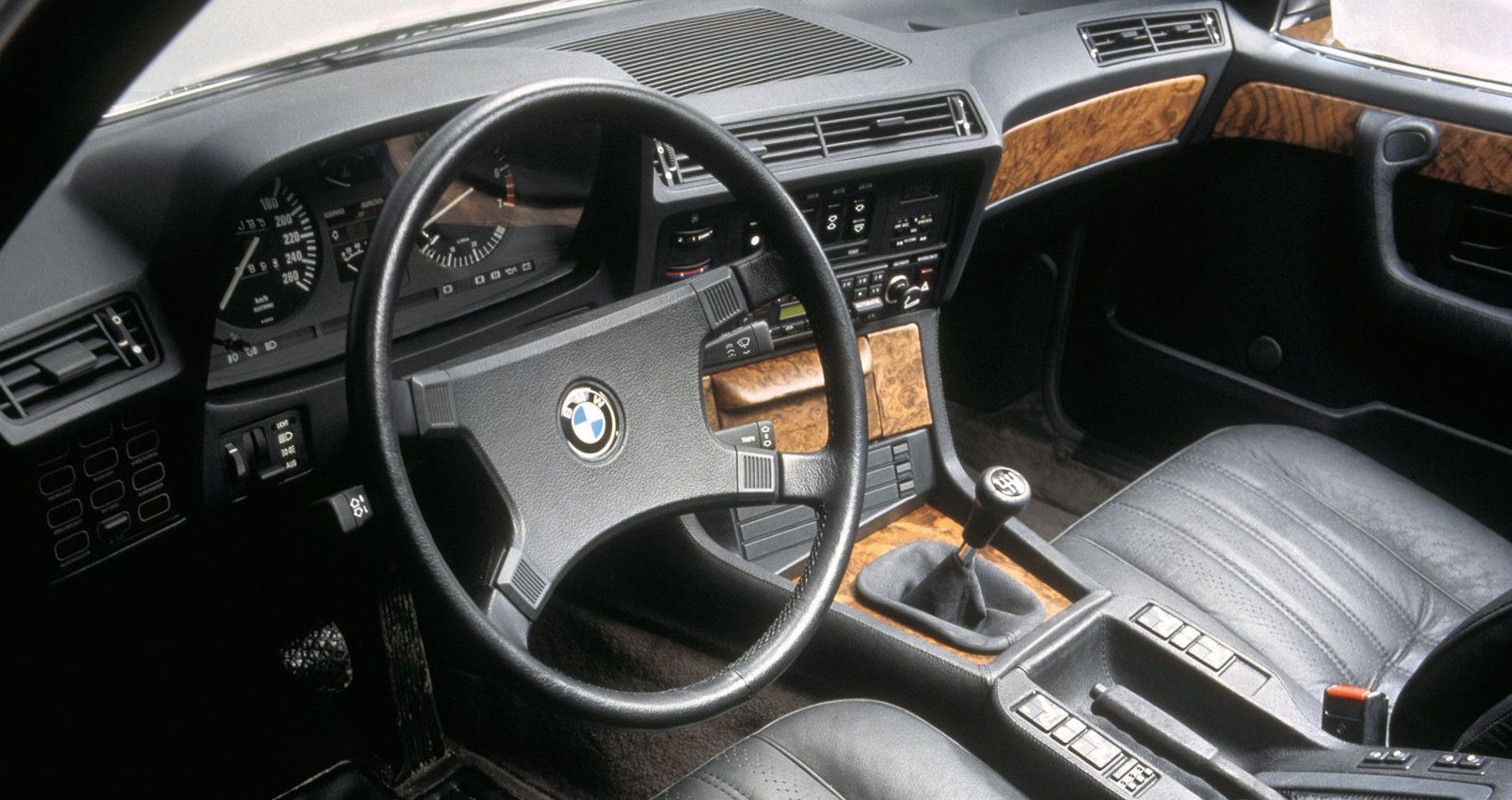

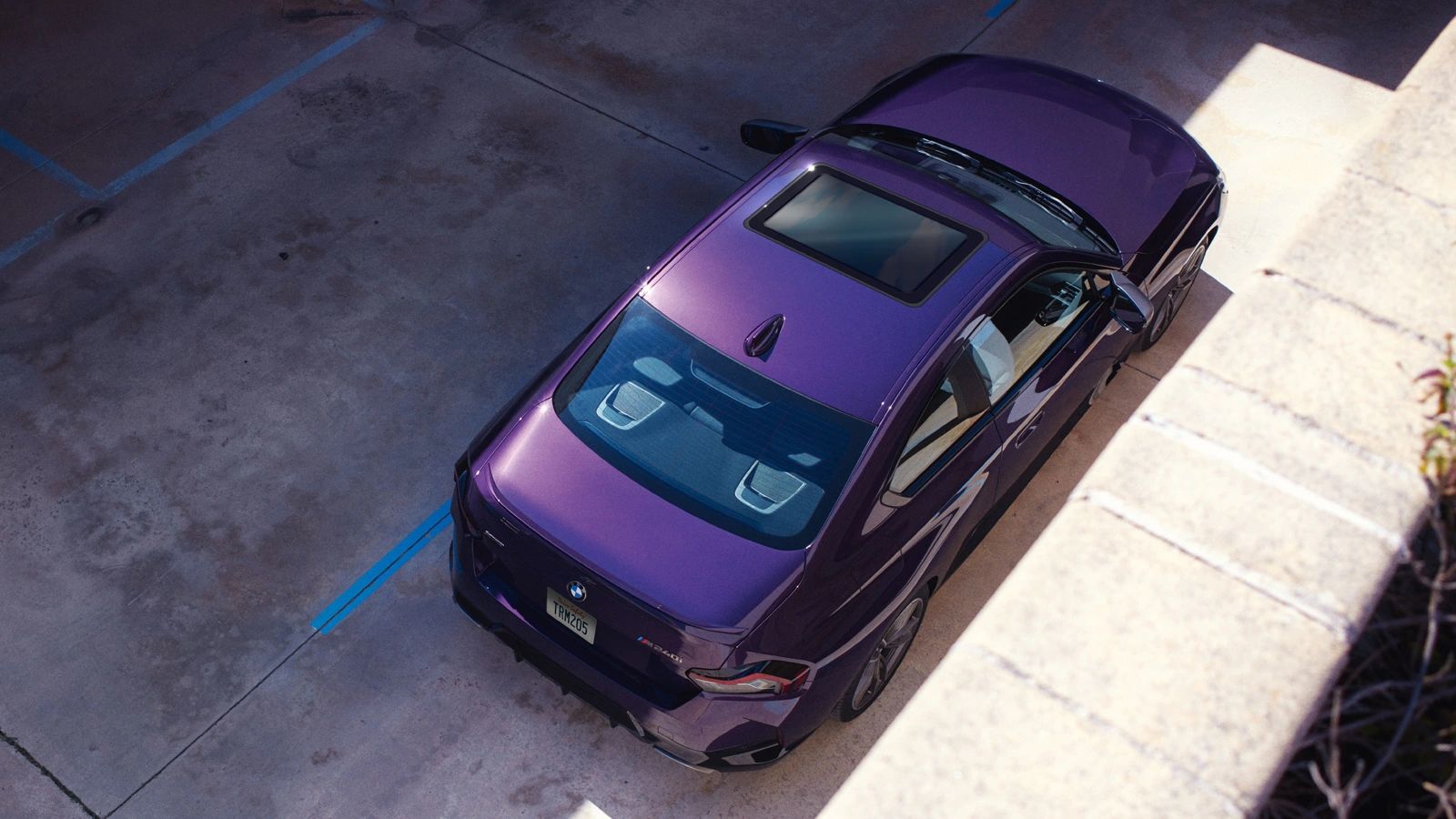
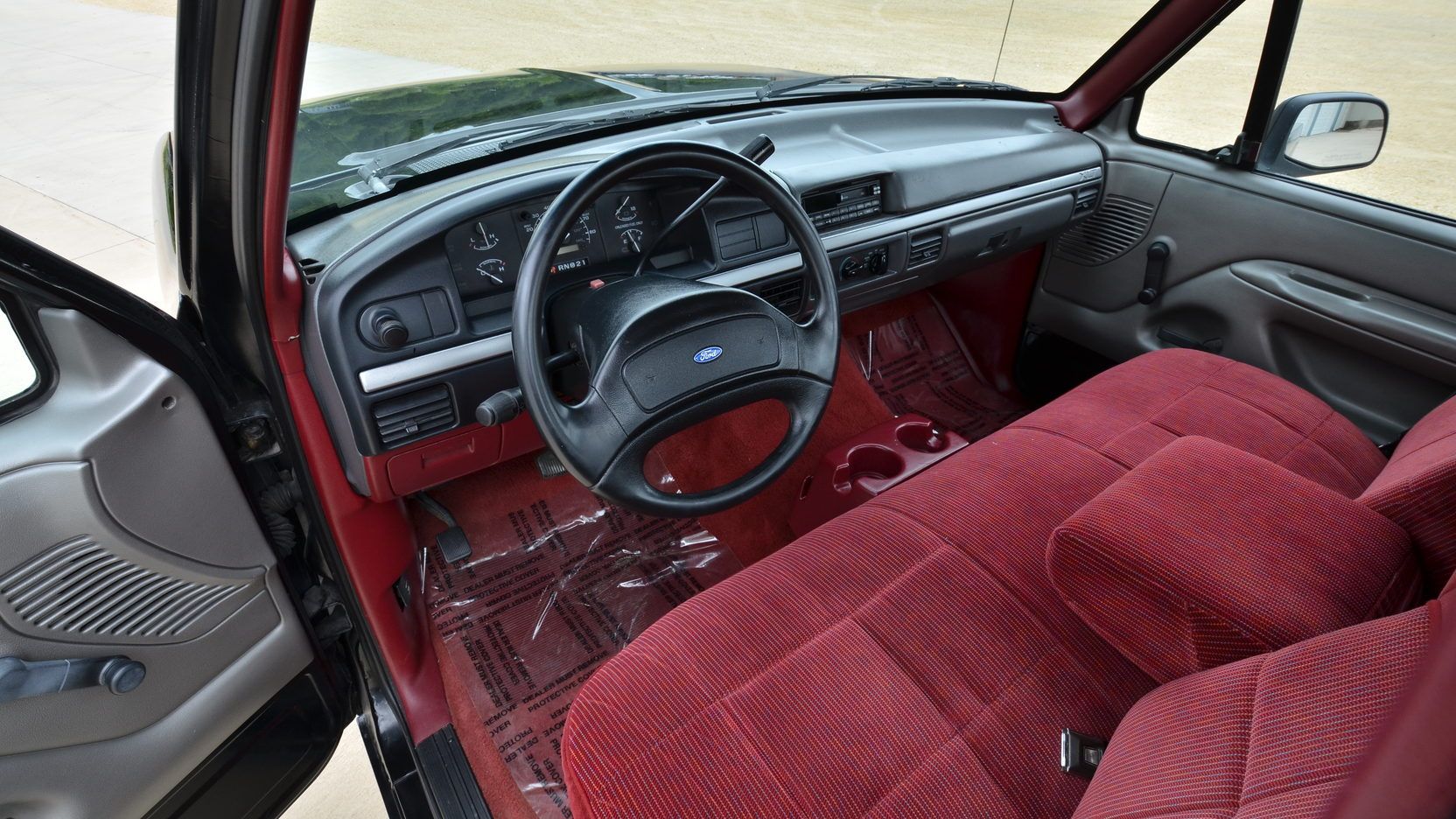
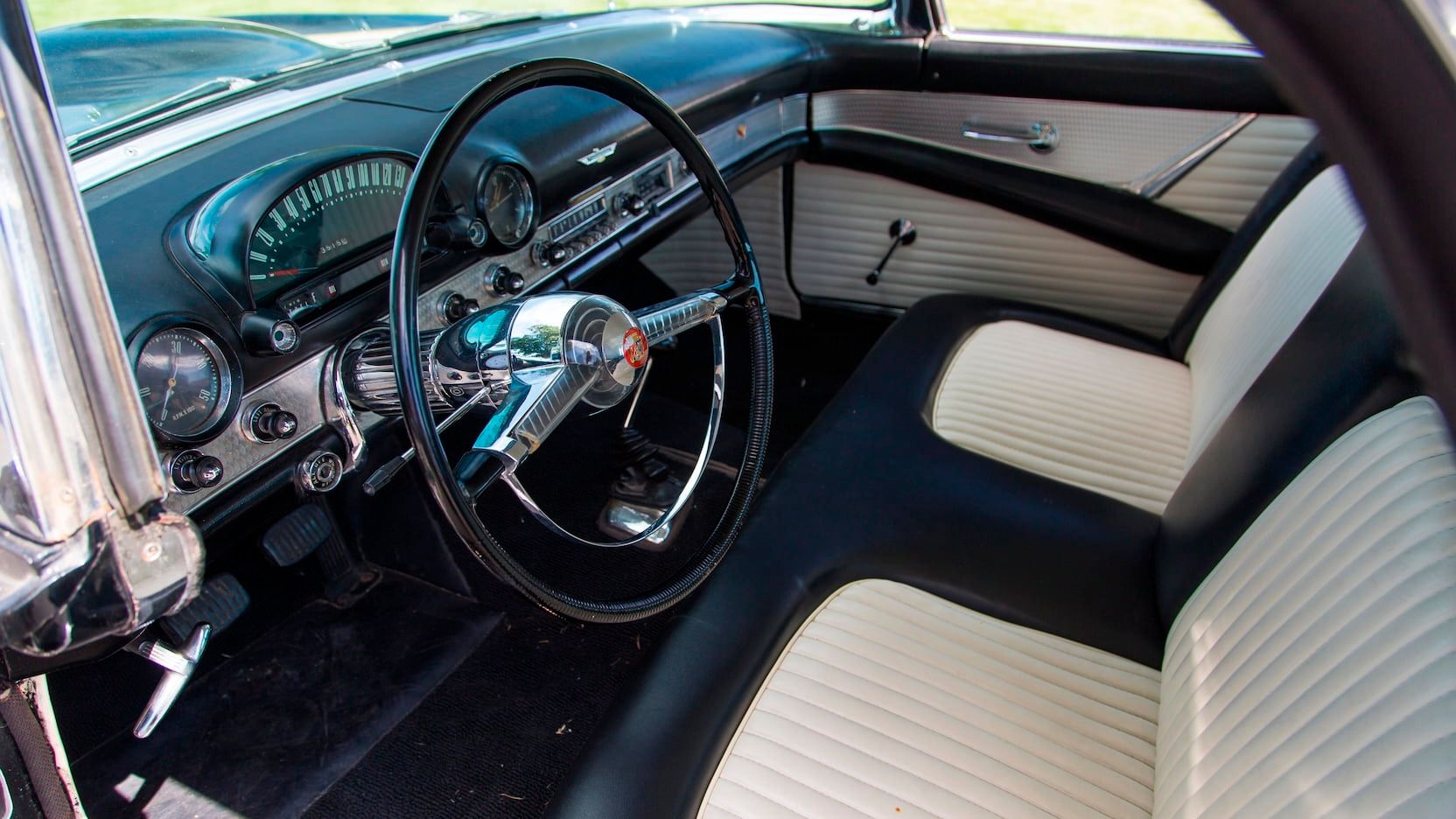
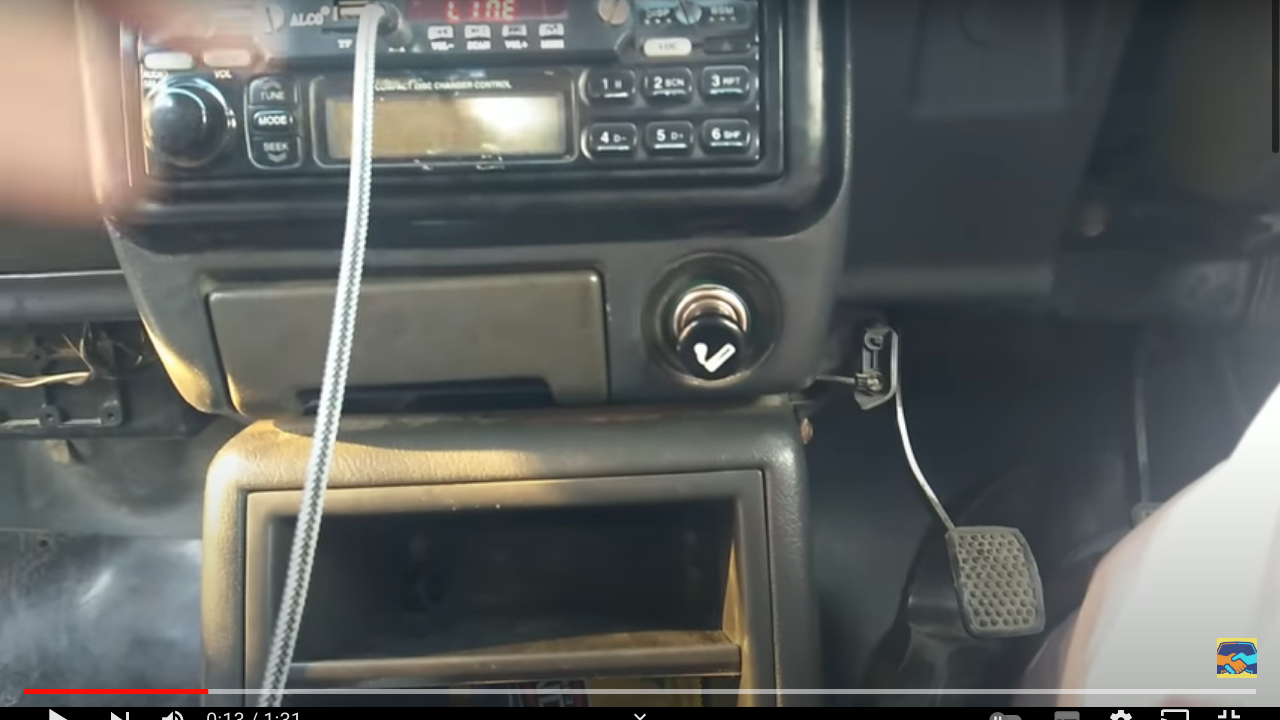
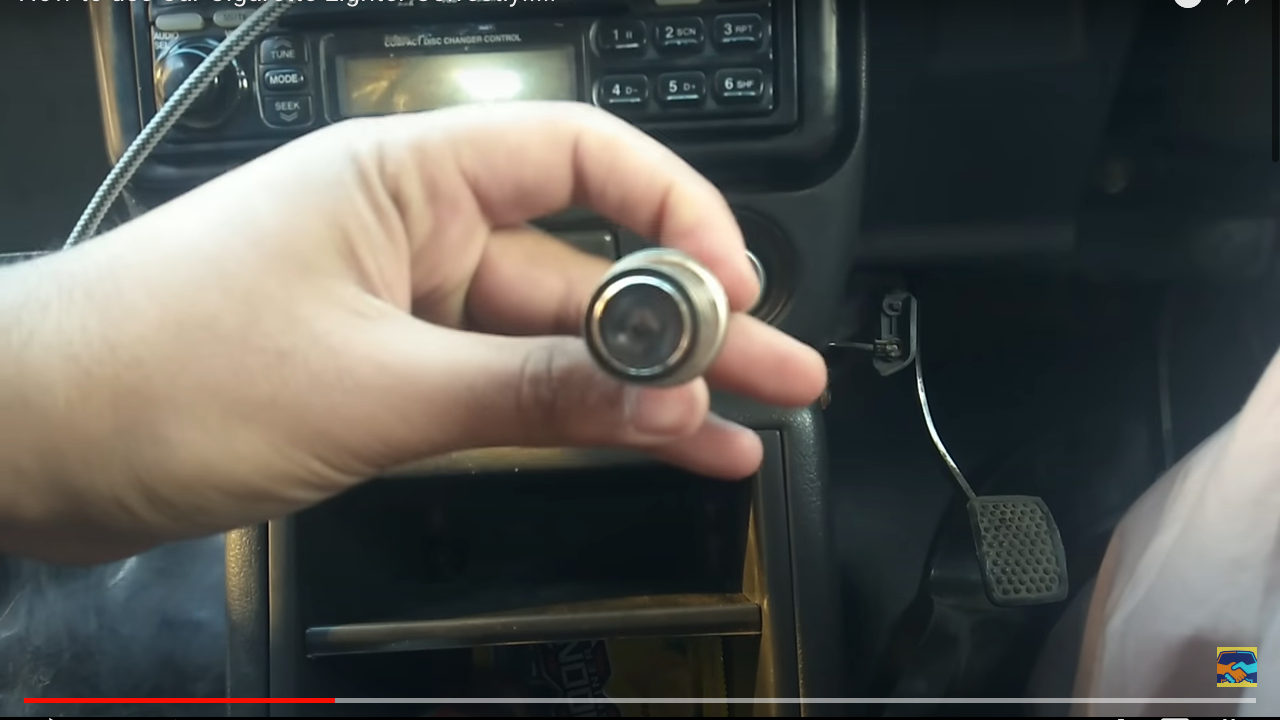
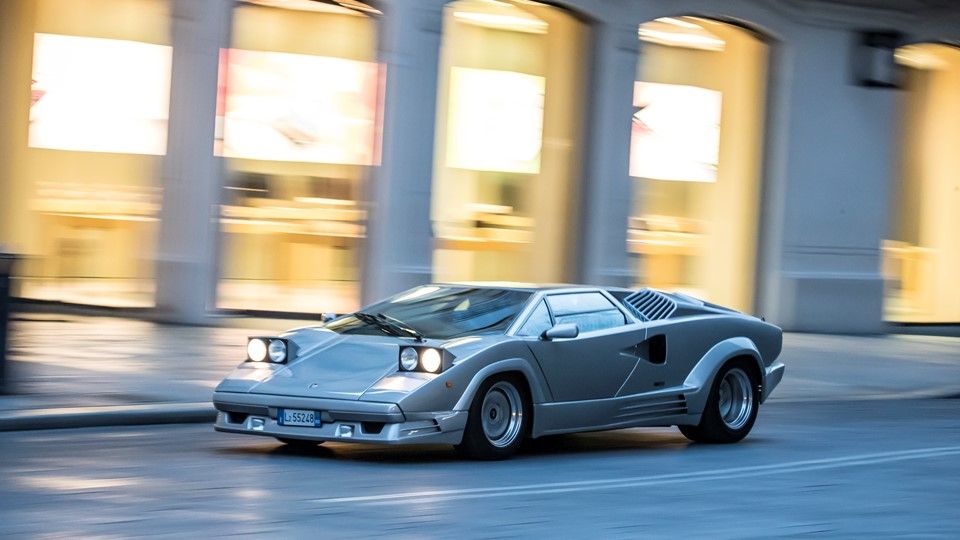
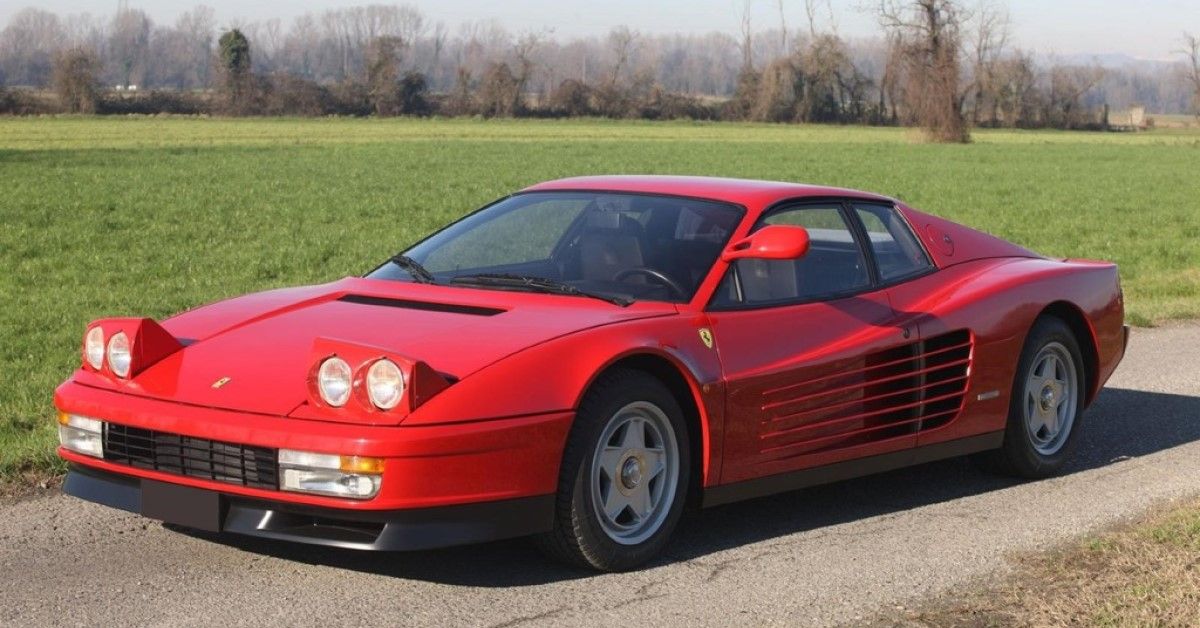
.jpg)
